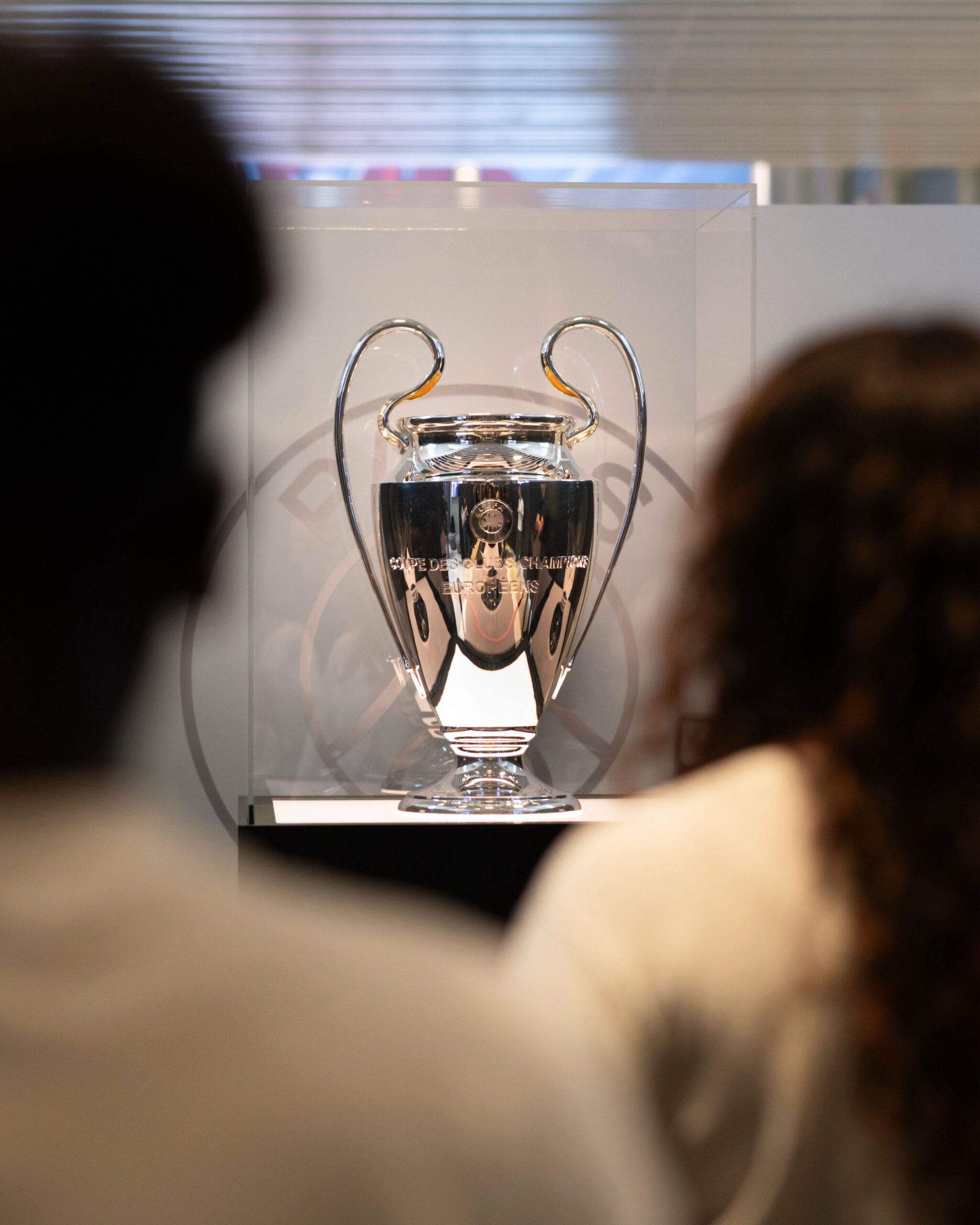Sports
How The New UEFA Champions League Format Works

For decades, the UEFA Champions League has been the crown jewel of European club football, delivering unforgettable nights, fierce rivalries, and dramatic finals that either leave fans delighted or absolutely heart broken. But starting with the 2024/25 season, the competition has entered a new era with a fresh format that sparked major debate amongst fans.
A Shift From Tradition
Gone are the days of eight groups of four. Instead, 36 teams now compete in a single league table under what UEFA calls the Swiss-style league format. Each club plays eight different opponents four at home and four away carefully drawn through seeding to balance out the competition. No two teams meet twice in the league phase, adding variety to the matchups.
It’s a bold departure from the old system, designed to deliver more high-stakes games and give fans across Europe fresh clashes they might not have seen in the past.
With the away goals already gone, the new league phase was set to bring about more drama when it was first introduced in 2024.
How The League Phase Works
At the end of these eight fixtures, every team is ranked in one large table. The top eight clubs progress directly to the Round of 16. Those finishing between 9th and 24th face an extra hurdle: a two-legged playoff to secure their spot in the knockout rounds. Teams placed 25th to 36th bow out completely, with no safety net in the Europa League.
Fans on social media have been quick to call this phase “the survival table,” as even big clubs can slip into the playoff zone if they aren’t consistent. This was the case last season when the likes of Man City and Real Madrid who would’ve easily finished at the top of their group, were left to fight it off in the knockout phase.
The whole aim of the new format was to bring more drama and a more competitive edge to European football, and that’s exactly what happened.
The new change also meant that the teams that finished on the bottom half have no chance of redemption in the Europa League. Once knocked out, all hopes and dreams of bringing a European trophy home are completely gone.
Knockout Drama Still Intact
From the Round of 16 onwards, the Champions League keeps its classic knockout identity. Two-legged ties, extra time, and penalties remain the recipe for drama, although the old away goals rule is gone. The journey still ends with a one-off final at a neutral venue, where legends are made and hearts are broken.
Why It Matters
Qualification remains as tough as ever, with spots determined by domestic league performance. Top leagues like England, Spain, Italy, and Germany continue to dominate allocations, while smaller nations dream of pulling off Cinderella stories.
For the winners, the prize goes beyond silverware: automatic qualification for the next Champions League season and a ticket to the UEFA Super Cup.
How the Fans Reacted To Change
The new system has divided opinion. Some supporters love the idea of more games featuring Europe’s heavyweights, while others feel it’s “too much football” squeezed into an already packed calendar. Still, the promise of blockbuster clashes like Barcelona vs Newcastle or Bayern Munich vs Napoli in the league phase has fans buzzing about the unpredictability.
A New Era For European Nights
UEFA insists the format will keep the competition fair while amplifying the spectacle. What’s certain is that more games mean more stories underdogs will rise, giants may stumble, and fans can expect even more unforgettable nights under the floodlights.
The Champions League may have changed its format, but its magic remains untouched.
Source:SABC Sport
Follow Joburg ETC on Facebook, Twitter , TikTok and Instagram
For more News in Johannesburg, visit joburgetc.com



























